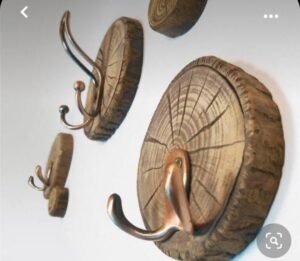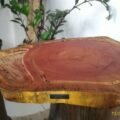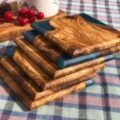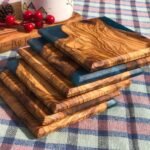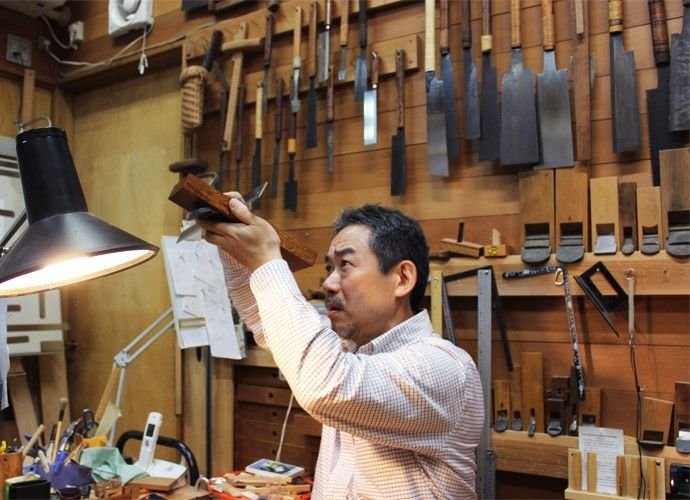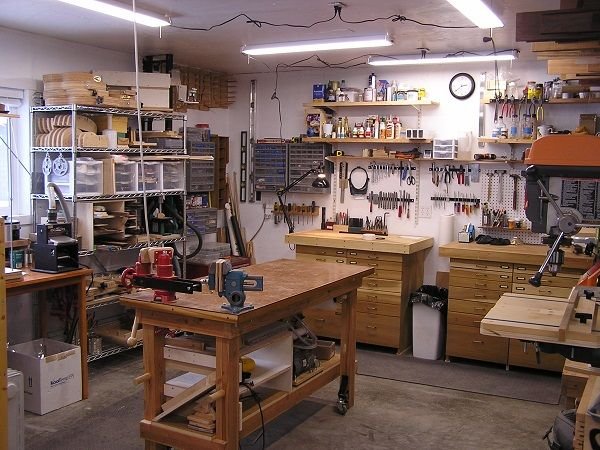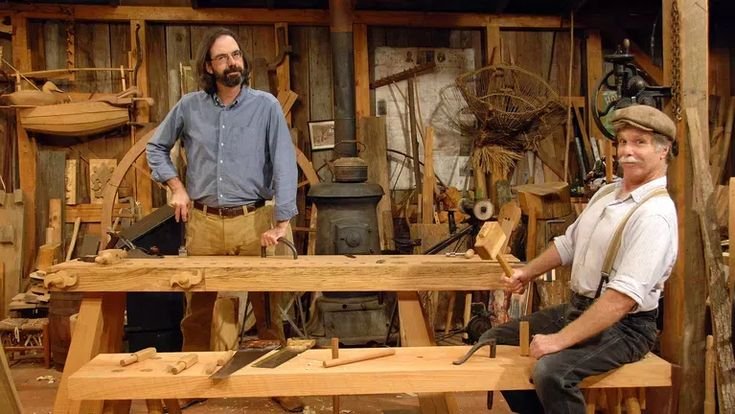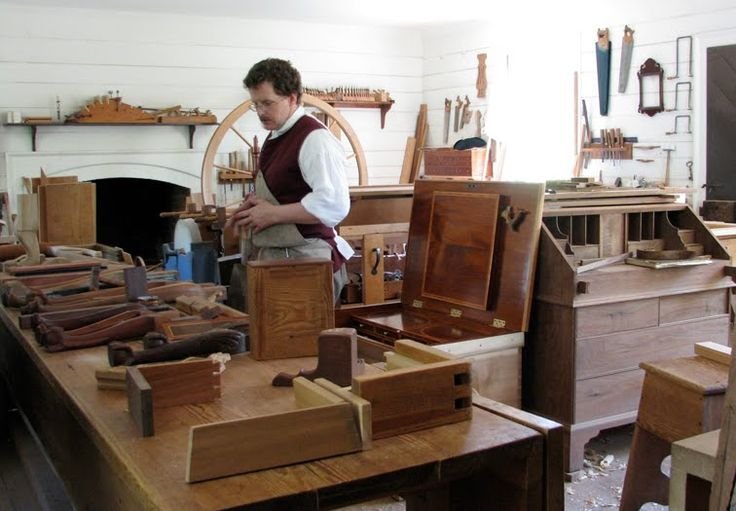The Beauty of Chinese Woodworking Hand Tools: A Smalltown Tale
You ever have one of those evenings where you’re just sitting there, looking at piles of wood in your garage, and wondering where it all went wrong? That was me about a month ago. I’d set out to make a simple coffee table—just a nice, rustic piece for our living room—but things got a little chaotic when I decided to dabble with some Chinese woodworking hand tools.
Now, I’ve always been more of a power tool kind of guy. You know, the good old reliable drills and saws that make a big ol’ racket. But something about those hand tools just called to me. Maybe it was the challenge, or just the allure of tradition or craftsmanship… who knows? So I took the plunge and splurged a bit on a couple of chisels and a hand plane. If you ever get into it, you quickly realize they have a beauty of their own. The way the wood smells as the plane glides over it… oh man, it’s hard to explain.
So, there I was, covered in sawdust and coffee stains, trying to get my mind around using a hand plane. Let me tell you, it was a hot mess. The first day, I thought I was all set up—got my maple lumber, fresh from the lumberyard, and my new tools gleaming like a collection of shiny marbles. I was feeling pretty good about myself.
But as soon as I got that plane in my hands, I almost dropped it in sheer disbelief. I had read all the articles, watched more YouTube videos than I care to admit, but actually doing it? I was like a deer in headlights. The first go was, uh, creative. I probably took off too much wood, and what started as a lovely, flat panel turned into something resembling a roller coaster. I had to stop and step back, just to take a breath. I mean, did I even know what I was doing?
Then came the chisels. Oh, the chisels. I wielded those like a child with a crayon; let’s just say it wasn’t pretty. I figured my greenhorn skills would get the better of me as I tried to carve out joints for the tabletop and legs. I laughed when I saw what I had made; you’d think I was trying to create some modern art installation. Just two messed-up, awkward-looking pieces of wood refusing to connect.
The beauty of hand tools, though? They have this way of making you think. I almost gave up at one point, tossing that chisel down like it had personally offended me. But the thought of a smooth tabletop—the thrill of an actual project—kept nudging me back. Plus, the dang tools cost me a pretty penny, and they deserved a fighting chance.
So, I started slowing down. That’s where the hand tools really shine. With that plane, instead of just ripping through wood, I learned that small strokes can make a huge difference. The sound it makes—the gentle scraping along the grain—was like a sweet lullaby after all the clattering I was used to. It requires intuition; you can’t just power through. You feel it in your wrist, and it teaches you something beautiful about patience and finesse.
As I pushed through my frustrations, something miraculous happened one day—not the kind of “Eureka!” moment you see in the movies, but rather a small, quiet victory. While smoothing out a piece of walnut with my hand plane, I felt the grain open up beneath the iron blade, and suddenly, it became art. The wood transitioned from rough to silky smooth, and there was a warmth to that grain—like it had been waiting for me to find it.
Honestly, I think I stood there for a good few moments, just running my hand over that beautifully polished surface, letting it soak in. There’s something profoundly rewarding about craftsmanship when you switch gears from a quick project to an experience. It sounds cliché, but it was like I was talking with the wood. I almost laughed out loud, feeling ridiculously proud of what felt like a simple table but was, in reality, turning into a small part of my story.
Finally, after what felt like an eternity, I had all the pieces together, and—can you believe it?—it all fit. The table came together, and I just paused, staring at it all assembled in the soft glow of our living room lights. I could hardly believe I made that. Sure, it’s got some character marks (a few “oops moments” here and there), but that’s what makes it mine.
So, if you’re sitting on the fence, thinking about picking up some tools and getting into woodworking, go for it. Dive headfirst into those beautifully imperfect moments—trust me, they’re worth it. It’s messy, frustrating, and crazy, but you just might walk away with something that tells your story—and maybe a bit of the wood’s story too. That’s where the beauty lies, after all.

